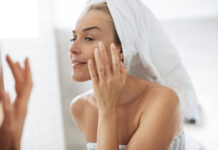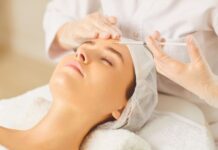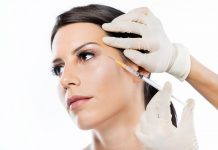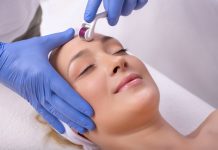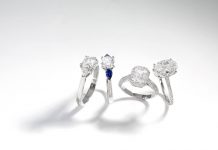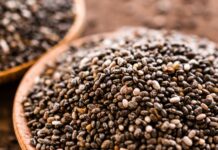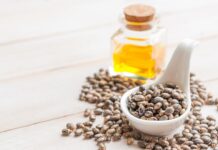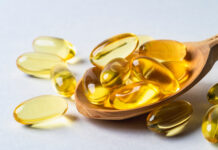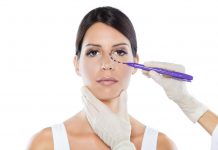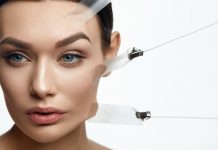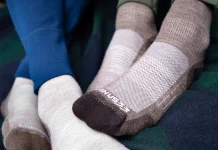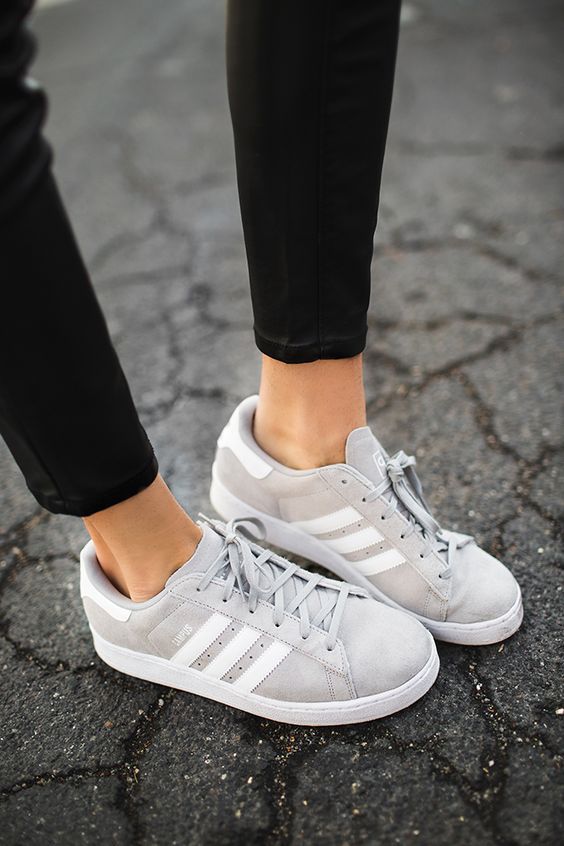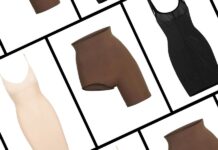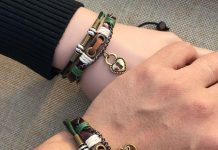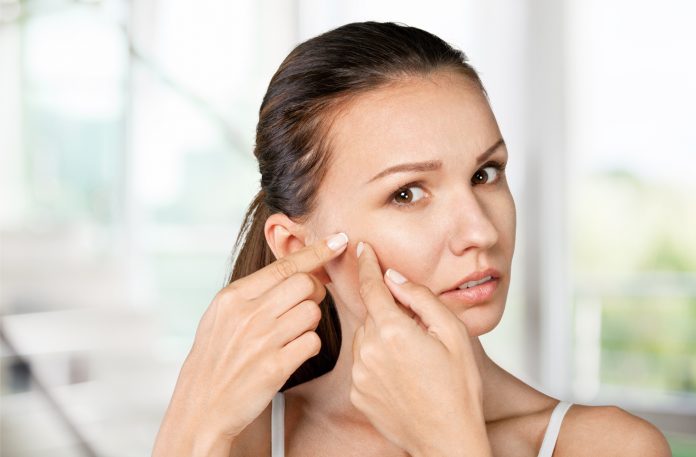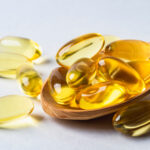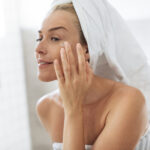Around 85% of 12 to 24-year-olds in the US will get acne, and it’s not uncommon to experience it at other ages too. And sufferers spend millions of dollars every year trying to get rid of acne or the scars it leaves.
And why is acne so hard to remove? Because there are several different types of acne.
That means treatment is not a one-size-fits-all. Only by learning about the acne types will you discover how to treat yours.
Lucky for you, this guide breaks down the potential causes of your acne and will help you identify which type of acne you have. Then you can take steps to remove it for good!
What Does the Placement of Your Acne Mean?
Not only are there different types of acne, but there are also different causes. You can identify the cause of your acne by examining where it affects you most.
Here are the most common places where most people get acne:
- Hairline
- Forehead and nose
- Cheeks
- Jawline and chin
- Neck and back
Chin acne is often a result of hormonal imbalance or a diet that doesn’t agree with your body. Dirty pillowcases, cellphones, and not taking your makeup off are the leading causes of cheek acne. And if you have acne on your hairline or ears, then it might be a sign of stress or a bad reaction to hair products.
It’s more difficult to pinpoint the cause of forehead and nose acne. It might be due to stress, diet, or touching your face with dirty hands. But this is also a common problem area for people who have oily skin.
If you have bad acne on your face in general, it’s likely due to oily skin, a hormonal imbalance, or genetics. The same goes for neck and back acne. Some medications can also cause acne as a side effect.
Please remember that having acne does not mean you are unhygienic. Some of the most unhygienic people in the world have clear skin. Your only crime is having unfortunate acne-causing genetics!
Different Types of Acne and How to Treat It
You can get many different types of acne in any of these acne-prone areas. Let’s take a closer look at these types and what they mean.
Blackheads
Blackheads, also known as open comedones, are a non-inflammatory and mild type of acne. They occur when sebum, dirt, and dead skin cells become trapped in the pore. Blackheads are small and don’t tend to leave acne scars, but they can be difficult to remove.
But there are many treatments for blackheads including over-the-counter skin care cleansers. Exfoliating acids like salicylic and retinol help break down the trapped dirt that’s buried in your pores. You could also try salon treatments like microdermabrasion or blue light therapy.
Whiteheads
The only other type of non-inflammatory acne is whiteheads, also known as closed comedones. They also occur when sebum and debris become trapped in the pore but the pore closes over. Instead of appearing as a small black dot, whiteheads appear with a pronounced white tip.
The treatments that you would use to remove blackheads are the same for whiteheads. Dermatologists are unlikely to prescribe medication as a treatment for blackheads and whiteheads. This is because the side effects of acne medication often aren’t worth suffering through to get the benefits.
Papules
Papules are a type of inflammatory acne. It won’t surprise you to learn that this type of acne is more severe than non-inflammatory acne. Papules are what most people refer to as pimples.
They occur when bacteria and debris get trapped in a pore or hair follicle. But, unlike blackheads and whiteheads, they become red and inflamed and they can be a little sore.
Off-the-shelf skin care can be effective in treating papule acne. But if you suffer from lots of papules then your dermatologist might prescribe a mild medicated topical cream. Benzoyl peroxide is a common first step.
Pustules
This is another type of inflammatory acne and is almost the same as papules. In fact, they are just papules with a little pus-filled white tip. They are no better or worse than papules, except if they pop, they are more likely to leave acne scars.
Blackheads, whiteheads, papules, and pustules are, by far, the most common types of acne. Even people without acne experience one of these four types on occasion.
Nodules
Nodules are a more severe type of inflammatory acne. They are more like legions and they can be hard and painful.
Mild forms of acne form closer to the top layer of the skin. But nodules form when sebum and debris become trapped in deeper layers of the skin in a damaged hair follicle. They almost always contain pus but do not form a white tip like pustules because the pus also gets trapped in the skin.
If your nodule acne gets worse, it can join up with other nodules to form conglobata. This type of acne is almost impossible to treat with over-the-counter medications. See a doctor who can prescribe both oral and topical medications.
Acne Cysts
Acne cysts are the most severe form of inflammatory acne. Like nodules, they are large and painful and form in the deeper layers of the skin. They also contain pus, sebum, and debris.
But unlike nodules, acne cysts also contain blood, which is why they are soft to the touch instead of hard. See a doctor who can prescribe strong medication to remove your acne.
This type of acne is the most likely to cause scarring. After you manage to get rid of your acne cysts, consider chemical peels or laser treatments to smooth out your skin.
Knowledge Is Power in the Fight Against Acne
Not all acne is equal. There are many different types of acne, including milder types and more severe ones. It can also manifest in different places on your skin for different reasons.
But now you know what your acne means and says about you, you’re in a far better position to treat it.
Having acne can make you feel self-conscious. But you deserve to have confidence in your appearance. Browse our beauty articles for more tips to help you look and feel good!


